7 Tips to Know Before Buying Artificial Plant Wall Decor
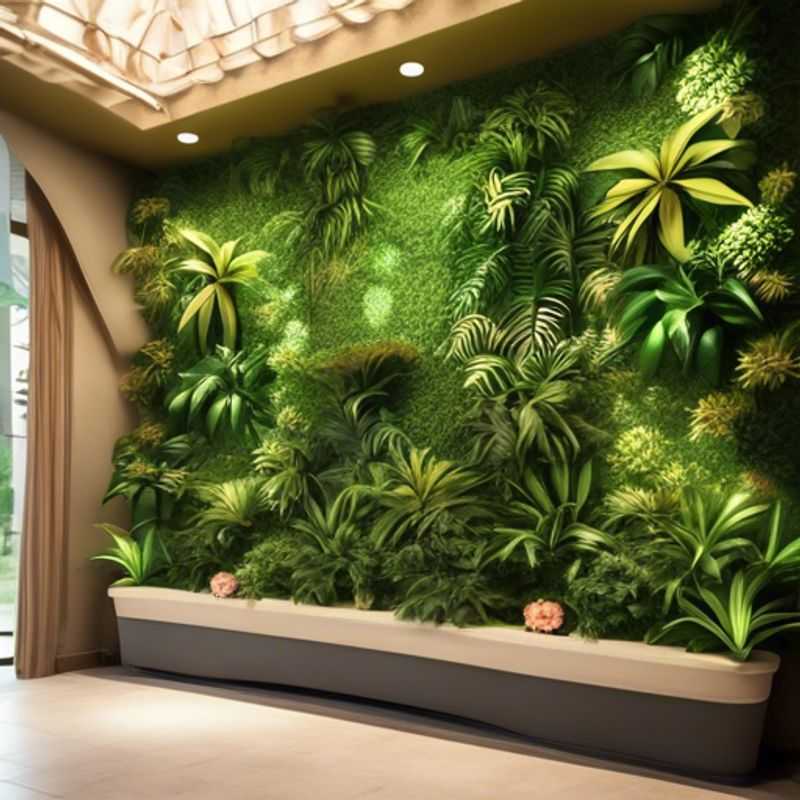
7 Tips for Choosing the Perfect Artificial Plant Wall Decor: Measure, Material Matters, Easy Cleaning, Realistic Looks, Secure Hanging, Safety First, and Style Match
Hey there, plant lovers!
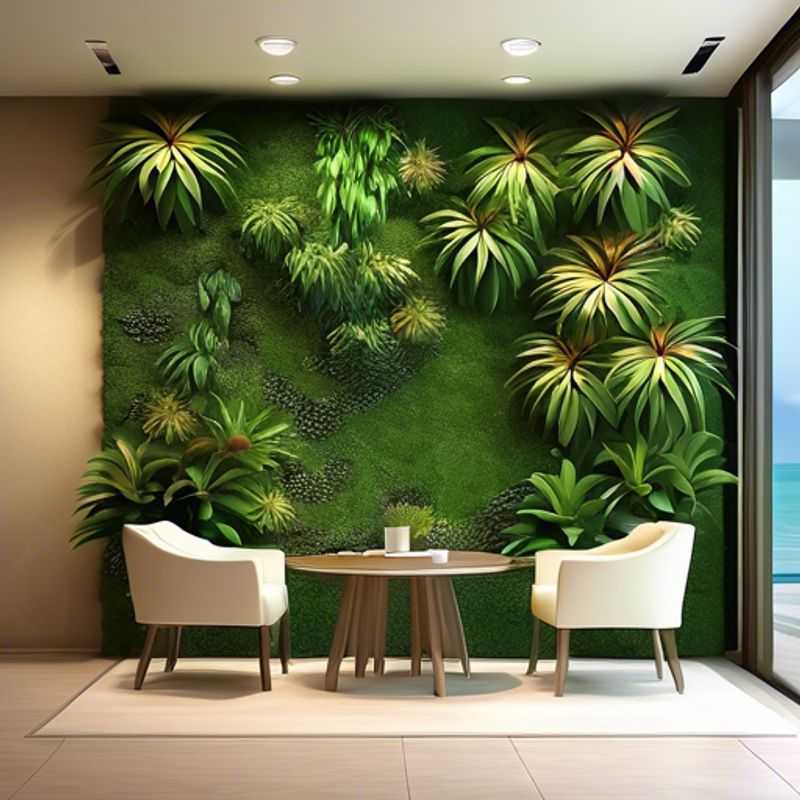
Measure Twice, Green Once: Sizing Up Your Artificial Plant Wall Decor
Before you get your green thumb on that artificial plant wall decor, take a minute to measure the space you're planning to use. You don't want to end up with a beautiful green wall that's too big or too small for your space.
First, grab your measuring tape and get the width and height of the wall where you want to place your artificial plant wall decor. Note down those numbers.
Next, take a look at the dimensions of your artificial plant wall decor. Usually, this information is provided by the manufacturer on the packaging or website. Now, compare those numbers to the wall measurements you took. Make sure the artificial plant wall decor fits within the space you have.
You may also want to consider the depth of the artificial plant wall decor, especially if you are placing it in a corner or next to furniture. If you're not sure about any of the dimensions, always err on the side of caution and choose a smaller artificial plant wall decor.
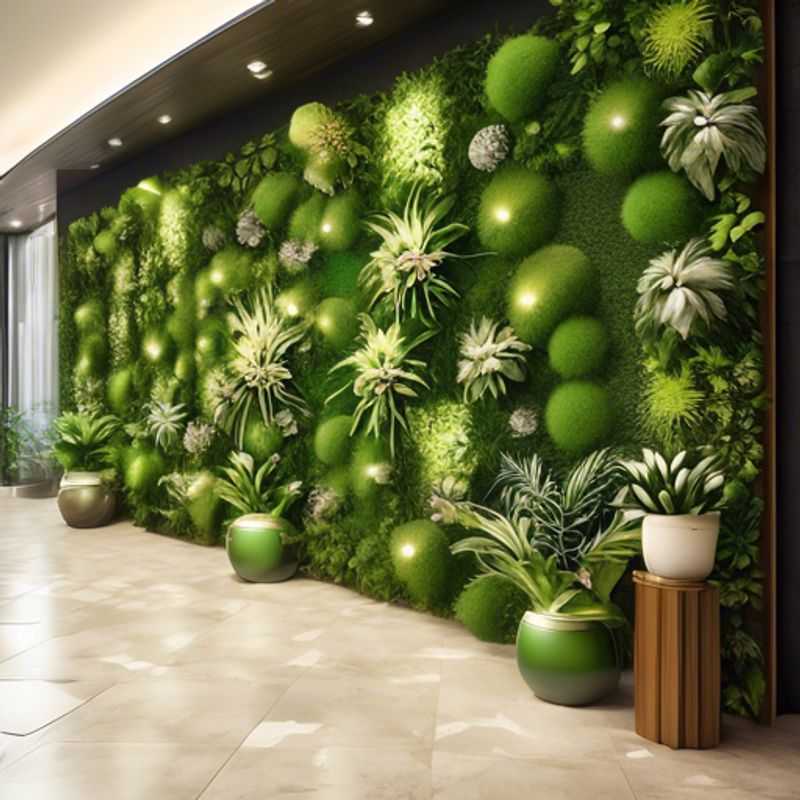
Building to Last: Why Material and Construction Matter
Choosing materials and construction methods that prioritize durability is essential for long-lasting, reliable workflows. Durability means the ability to withstand wear and tear over time, reducing the need for frequent repairs and replacements. This leads to increased efficiency, reduced downtime, and lower long-term costs.
When considering materials, prioritize those known for their resistance to corrosion, abrasion, and impact. For example, stainless steel offers excellent corrosion resistance, while high-density polyethylene (HDPE) is robust against abrasion. In construction, robust designs that distribute weight evenly and minimize stress points are key. This could involve using reinforced structures, thicker materials, or strategically placed supports.
Evaluating the quality of construction is vital. Look for manufacturers with a history of producing durable products and adhere to industry standards. Proper assembly and welding are critical for ensuring the integrity of the overall structure. Regular maintenance and inspections can help identify and address potential issues before they become major problems.
While initial costs may be slightly higher for durable materials and construction, the long-term savings in reduced maintenance, replacements, and downtime often outweigh this. Remember, investing in durability translates to a more efficient and reliable workflow in the long run.
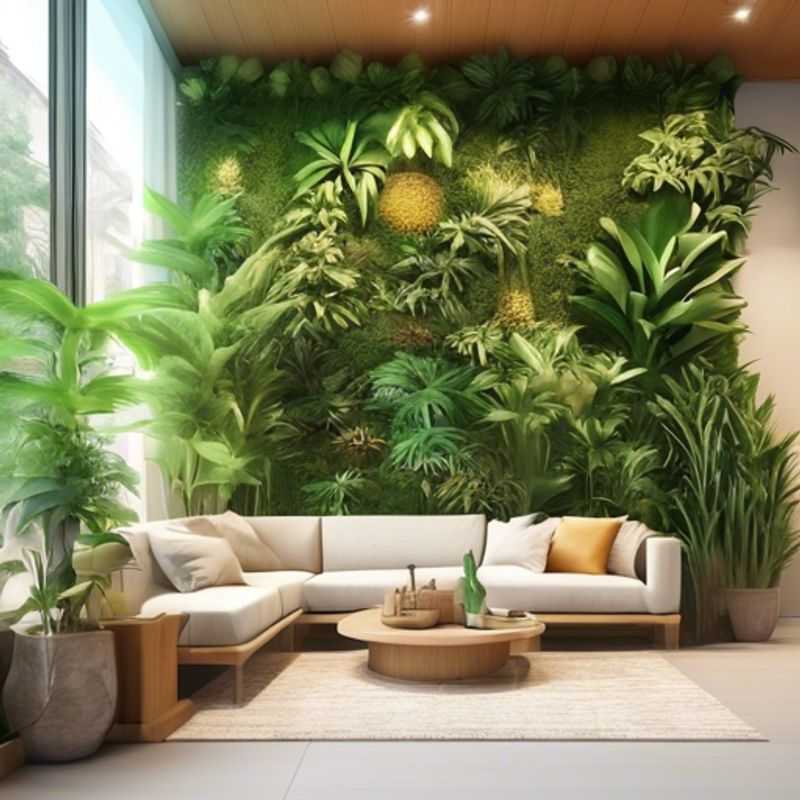
Easy Cleaning and Maintenance: Making Life Easier
When choosing products for a workflow, it’s crucial to consider ease of cleaning and maintenance. This significantly impacts long-term efficiency and cost. Opt for products designed with simple cleaning in mind, like surfaces that are easily wiped down or components that can be readily disassembled for thorough cleaning. Consider the frequency of cleaning needed and the ease of access to all parts.
Durable materials that resist wear and tear are essential. Investing in high-quality materials can save you money on replacements and repairs in the long run. Look for products with warranties that cover maintenance and repairs. This provides peace of mind and ensures you have access to support if any issues arise. Remember to factor in the cost of cleaning supplies and maintenance services when budgeting for your workflow.
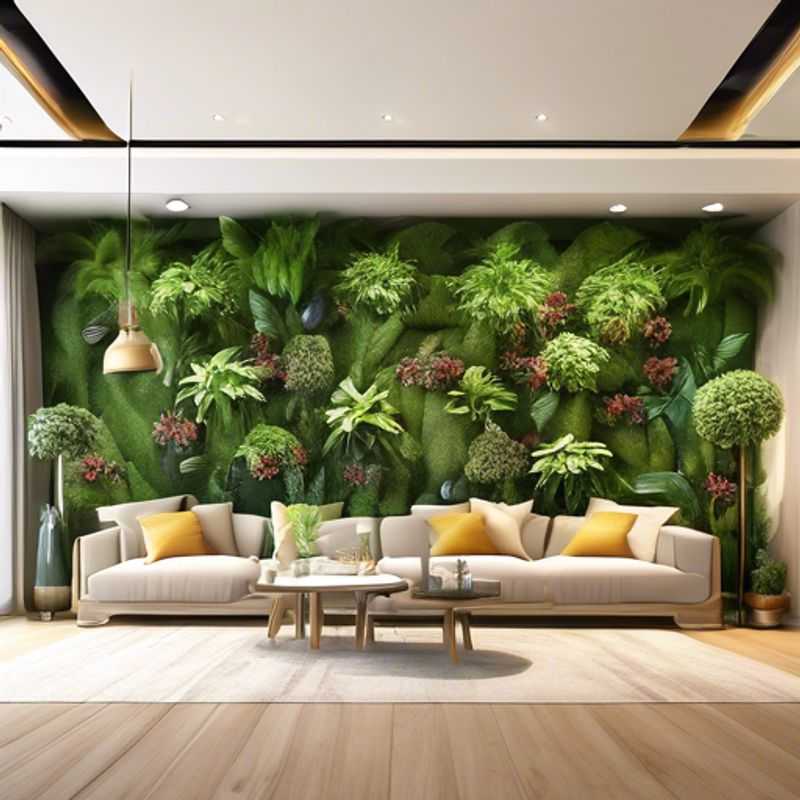
Bring the Outdoors In: Realistic Artificial Plants for a Natural Look
Artificial plants can be a great way to add a touch of greenery to your home or office without the hassle of caring for live plants. When choosing artificial plants, it's important to opt for those with a realistic appearance. This means looking for plants with detailed textures, natural colors, and lifelike shapes.
Here are some tips for choosing realistic-looking artificial plants:
Look for plants made from high-quality materials, such as silk, plastic, or fabric. These materials can mimic the look and feel of real plants.
Choose plants with realistic textures. The leaves, stems, and flowers should have a natural feel to them.
Look for plants with natural colors. Avoid plants that are overly bright or artificial-looking.
Consider the size and shape of the plant. You want to choose a plant that complements the space you are decorating.
When you have chosen your artificial plants, be sure to display them properly. Use a variety of containers and planters to create a more natural look. You can also add other elements, such as rocks, moss, or twigs, to complete the look.
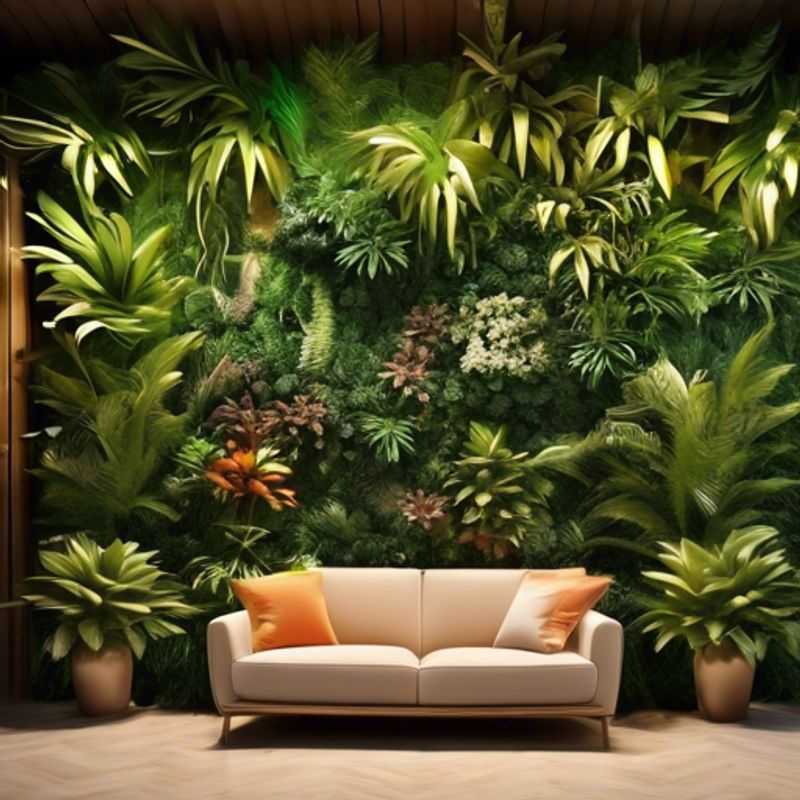
Is Your Decor Securely Hanging? A Checklist for Wall-Mounted Pieces
When hanging decor on the wall, ensuring it’s securely mounted is paramount. A poorly secured piece could fall and cause damage or injury.
Here are crucial factors to consider when assessing if your decor is designed for safe wall mounting:
1. Material and Weight: Heavy items like large mirrors or paintings require sturdy hanging systems and mounting hardware capable of supporting their weight.
2. Hanging Mechanism: Examine the back of the decor. Does it have pre-installed hooks, D-rings, or a wire for hanging? If not, you may need to add appropriate hardware.
3. Wall Type: Different walls have varying load-bearing capacities. Drywall requires specialized anchors for heavy objects. Concrete or brick walls might require different drilling techniques.
4. Instructions: Always read any included instructions or product information for specific mounting guidelines. The manufacturer may provide recommendations for appropriate hardware or hanging techniques.
5. Professional Assistance: For particularly heavy or valuable pieces, consider seeking assistance from a professional. They can assess the wall, provide guidance, and ensure secure installation.
Remember, a well-secured hanging creates a safe and aesthetically pleasing environment.
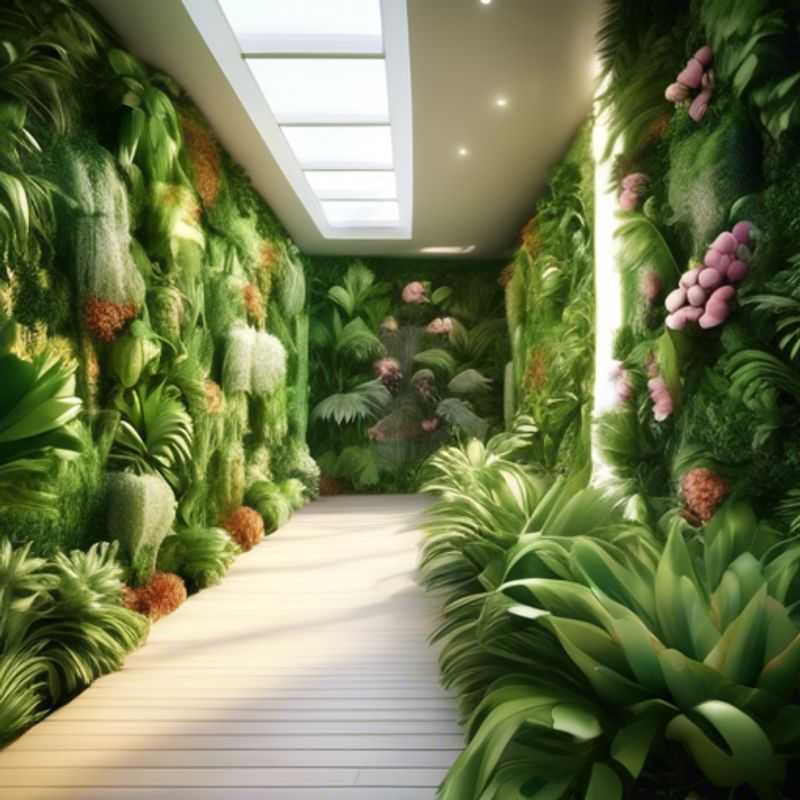
Fire Safety First: Choosing Non-Toxic, Fire-Resistant Artificial Plants
Choosing artificial plants for your home or office? It's crucial to consider fire resistance and non-toxicity! Fire-resistant artificial plants are essential for safety, especially in areas with potential fire hazards. These plants are treated with flame-retardant chemicals that slow down the spread of fire. Non-toxic plants are vital, particularly if you have pets or children. Avoid artificial plants containing harmful chemicals that can be ingested or cause allergic reactions.
Here's what to look for when buying fire-resistant and non-toxic artificial plants:
Check for certifications: Look for labels like "Fire Retardant" or "Non-Toxic" from reputable organizations.
Ask about materials: Inquire about the specific materials used in the plants and their fire resistance and toxicity ratings.
Research brands: Choose reputable brands known for quality and safety standards.
Read product descriptions: Carefully read the details provided by the manufacturer, focusing on information about fire resistance and non-toxicity.
Remember, safety is paramount, especially when it comes to your home and family. Choosing fire-resistant and non-toxic artificial plants is a smart and responsible choice.
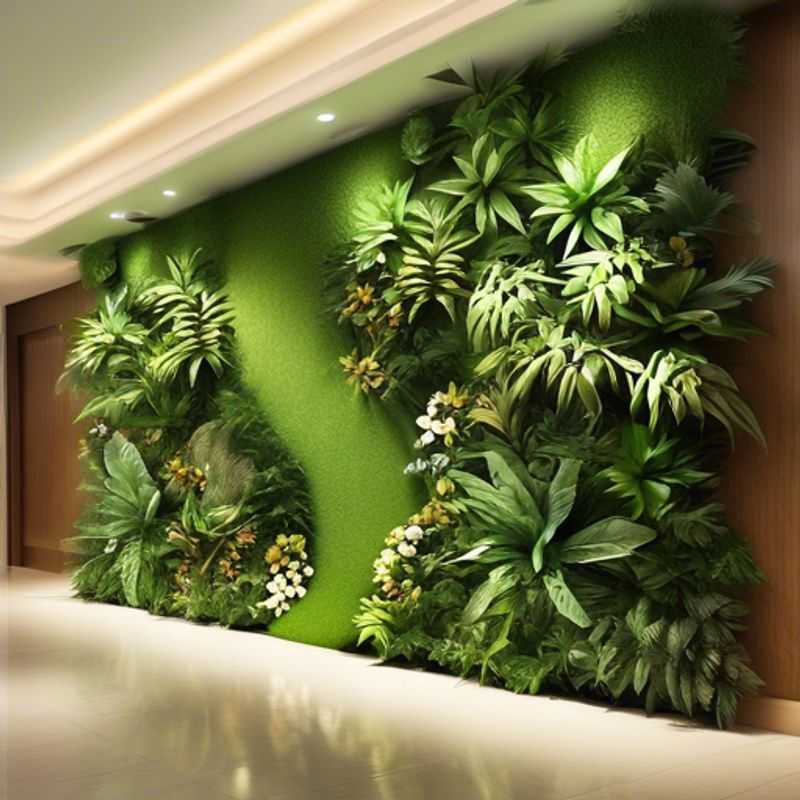
Choosing a Style That Complements Your Room's Decor
Choosing a window style that complements your room's decor is crucial for creating a cohesive and aesthetically pleasing space. The style you choose can dramatically impact the overall feel and character of your room.
Consider these factors when selecting a window style:
1. Room Style: A traditional room might suit classic double-hung windows, while a modern space might benefit from sleek casement windows.
2. Architectural Style: The architectural style of your house should guide your window choices. For instance, Victorian homes might call for bay windows, while mid-century modern houses may favor picture windows.
3. View: Maximize stunning views with large picture windows or expansive French doors. Consider the direction of sunlight and privacy needs when choosing a window style.
4. Budget: Window styles vary in price, so consider your budget constraints. Single-hung windows are often more affordable than double-hung windows, while bay windows can be more expensive.
5. Energy Efficiency: Look for energy-efficient windows with features like low-e coatings and argon gas fills to improve insulation and reduce energy costs.
Remember, the best window style is one that complements your room's design and personal preferences. Research different styles and consider the factors above to make an informed decision that enhances the beauty and functionality of your space.
